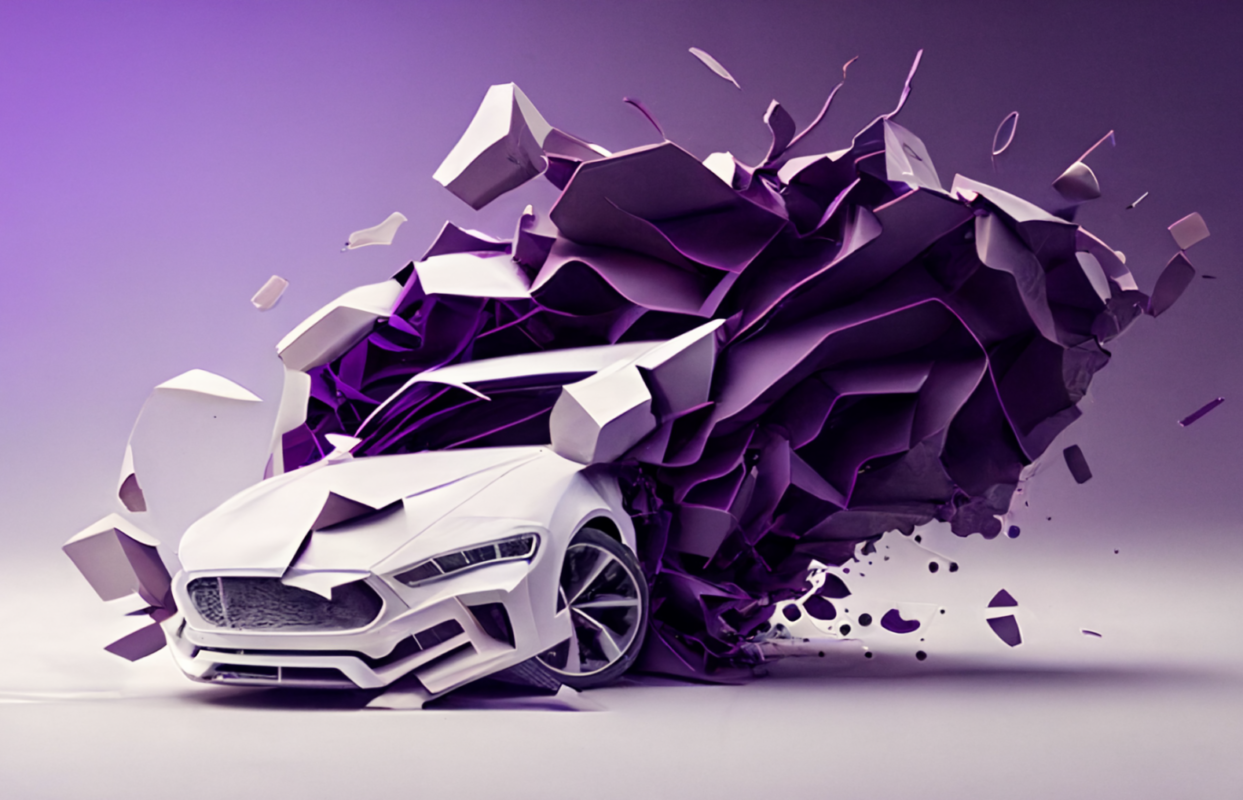The automobile industry has always been influenced by innovation and transformation, seeking out new ways to improve performance, safety, and design. As a new era of electric vehicles emerges, trying to produce high-quality vehicles in a profitable manner remains as difficult as ever.
For this reason, manufacturers seek tools and technologies that can help them create an optimal balance between a vehicle’s overall performance, design, and ergonomics, while also delivering products that fulfill high quality standards.
At the core of this transformation lies automotive 3D modeling, which allows engineers to build immersive visualizations of automobiles long before they roll off the production line. As a result, 3D rendering moves the automobile industry forward, offering safer, more efficient, and more appealing vehicles that attract the interest of both makers and consumers.
A Look at the Evolution of Automotive Engineering Trends
Table of Contents
The transformation of 3D rendering in the automotive industry has been revolutionary, drastically changing how automobiles are imagined, produced, and brought to market. The following are the several key stages in the automotive industry’s revolution process:
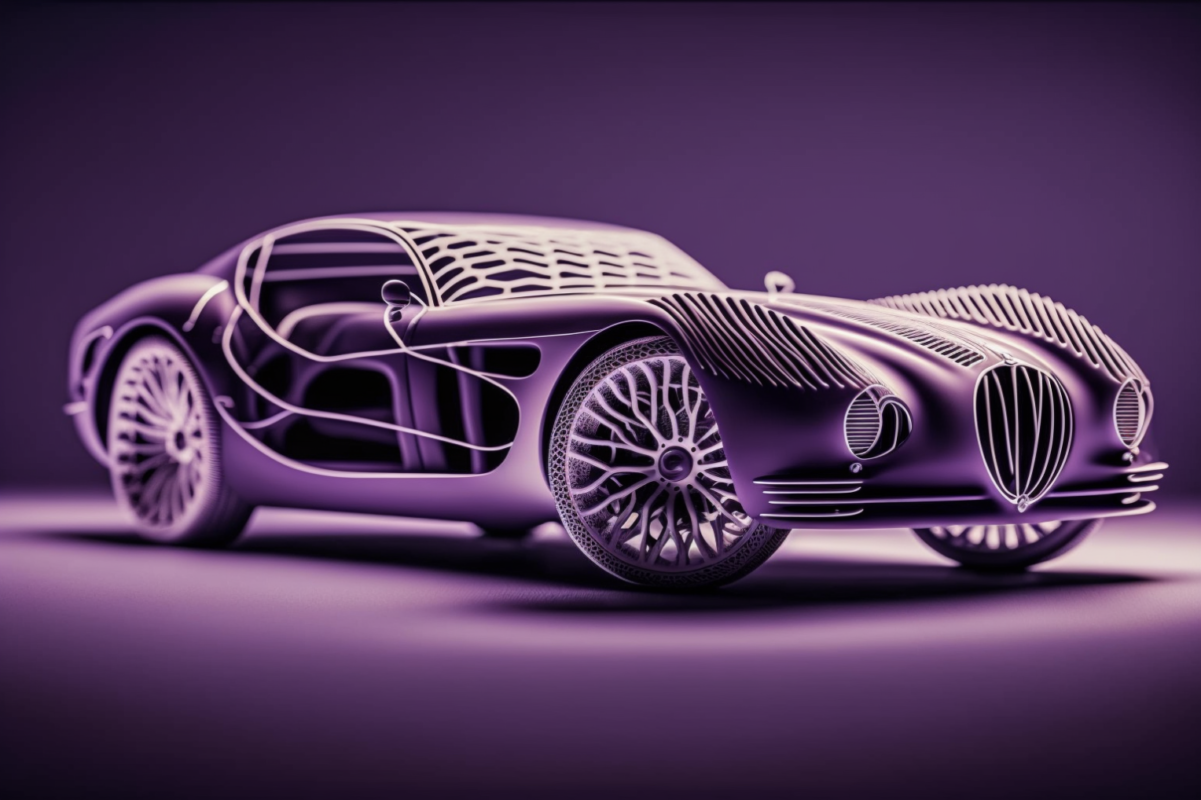
- 2D Sketches to 3D Models
Traditionally, automotive designs were presented with 2D paper designs. However, these sketches were limited in their ability to provide an accurate image of the vehicle. However, the introduction of 3D rendering tools enabled designers to shift from flat drawings to 3D digital models. This change led to a more realistic and accurate picture of vehicle design.
- Digital Prototyping
Engineers gathered an opportunity to make digital prototypes of their automobiles with the emergence of 3D rendering in automotive design. These digital prototypes can be changed and inspected from different perspectives and lighting situations.
- Integration of Materials and Textures
Material and texture mapping are supported by 3D rendering software. As a result, designers can experiment in a virtual environment with numerous materials, finishes, and colors.
Thus, manufacturers can create more aesthetically attractive and opulent vehicle interiors and exteriors by simulating materials such as carbon fiber, leather, and metallic finishes.
- Sustainability and Aerodynamics
By constructing more aerodynamics and fuel-efficient automobiles, 3D rendering technology has played an essential part in resolving sustainability problems. Engineers nowadays use simulations and 3D rendering to optimize vehicle designs and minimize drag, resulting in improved environmental performance.
Revolutionizing the Automotive Industry with 3D Rendering
3D rendering in automotive design has several advantages, revolutionizing many parts of vehicle design, manufacture, and marketing processes. The following are some of the key benefits:
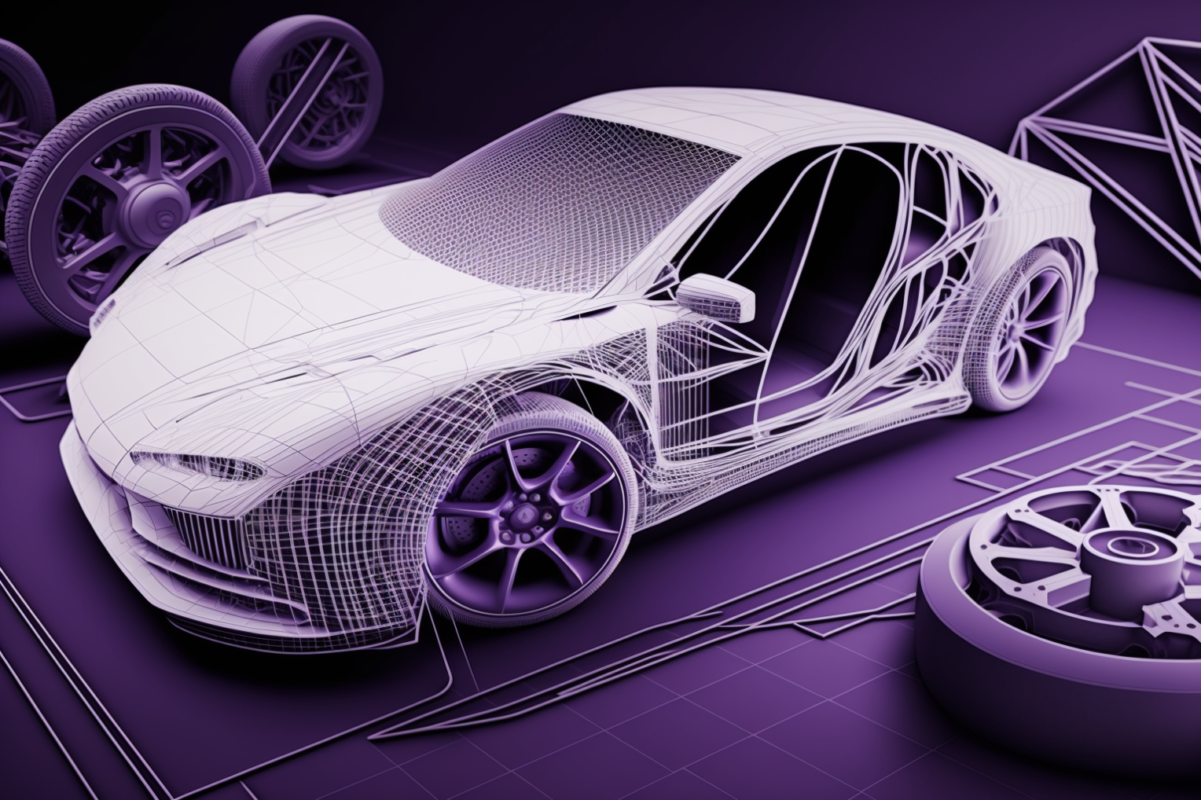
- Enhanced Visualization
3D rendering represents vehicle ideas in a more detailed and realistic manner, allowing designers and engineers to imagine concepts more precisely than traditional 2D sketches or physical models.
- Faster Design Iterations
In a digital environment, designers can quickly make modifications and reiterate vehicle designs, minimizing the time required to improve and finalize manufacturing ideas.
- Cost Savings
Automotive visualization techniques save production costs and material waste by eliminating the need for physical prototypes and clay models.
- Improved Collaboration
Design teams, engineers, and other stakeholders significantly benefit from 3D rendering. Multiple team members can work on the same digital model at the same time, which improves communication and reduces misunderstandings.
- Market Testing and Consumer Feedback
Manufacturers can gather public input and evaluate market reactions using 3D representations of concept automobiles and vehicle models before the actual production begins, thus lowering the risk involved with new vehicle launches.
- Safety Testing
3D rendering helps safety testing by allowing engineers to model and evaluate vehicle accident scenarios, assisting in the identification and resolution of risk factors early in the design process.
- Environmental Impact Reduction
3D rendering helps in the creation of more aerodynamic vehicle designs, which contribute to increased fuel efficiency and lower carbon emissions, thus aligning with sustainable and environmentally friendly goals.
Applying 3D Rendering in Automotive Design and Industry
The automobile sector makes important use of 3D rendering technology in a variety of applications, revolutionizing the way vehicles are designed, manufactured, and sold. The following are the most important uses of 3D rendering in the automobile industry:
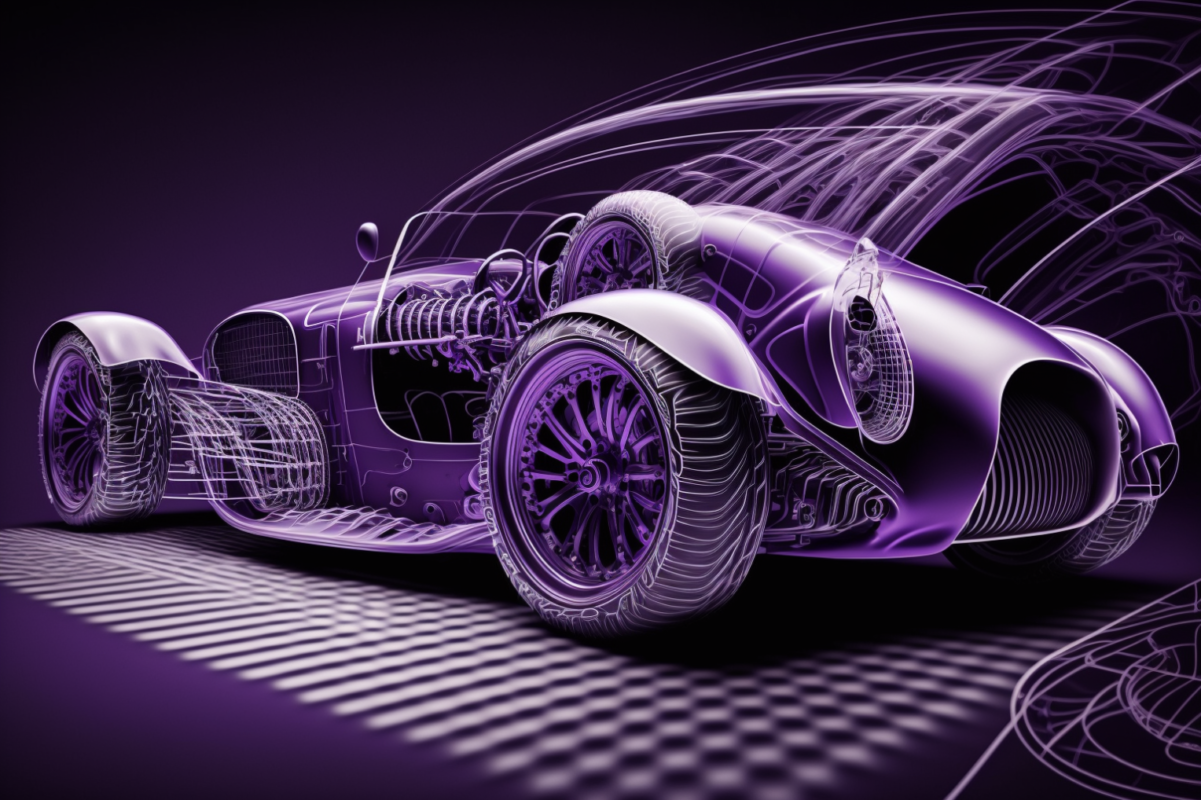
- Vehicle Design and Styling
Designers can use 3D rendering to produce extremely accurate and natural digital prototypes of vehicles. As a result, designers can try out different forms, proportions, and aesthetics, making it easier to modify and complete vehicle designs.
- Interior Design and Visualization
Automotive 3D modeling is used by interior designers to produce realistic simulations of car interiors such as seats, dashboards, infotainment systems, and control interfaces. This allows manufacturers to experiment with different materials, textures, and color schemes for an appealing cabin design.
- Advanced Driver-Assistance Systems (ADAS)
Simulating and testing ADAS components such as sensors, cameras, and radar systems requires 3D rendering. As a result, engineers assess sensor locations using 3D rendering to assure maximum performance and safety.
- Maintenance and Repair Guides
Technicians utilize 3D renderings to develop maintenance and repair manuals that offer a visual reference for difficult processes and component identification.
- Supply Chain and Manufacturing
Manufacturers can utilize 3D rendering for evaluating industrial layouts, manufacturing processes, and logistics, eventually optimizing productivity and effective resource allocation.
Final Words
The automobile industry is on the verge of a paradigm shift, driven by the capabilities of 3D rendering technology. 3D rendering has changed the automobile world in various unimaginable ways, from design to manufacture to marketing.
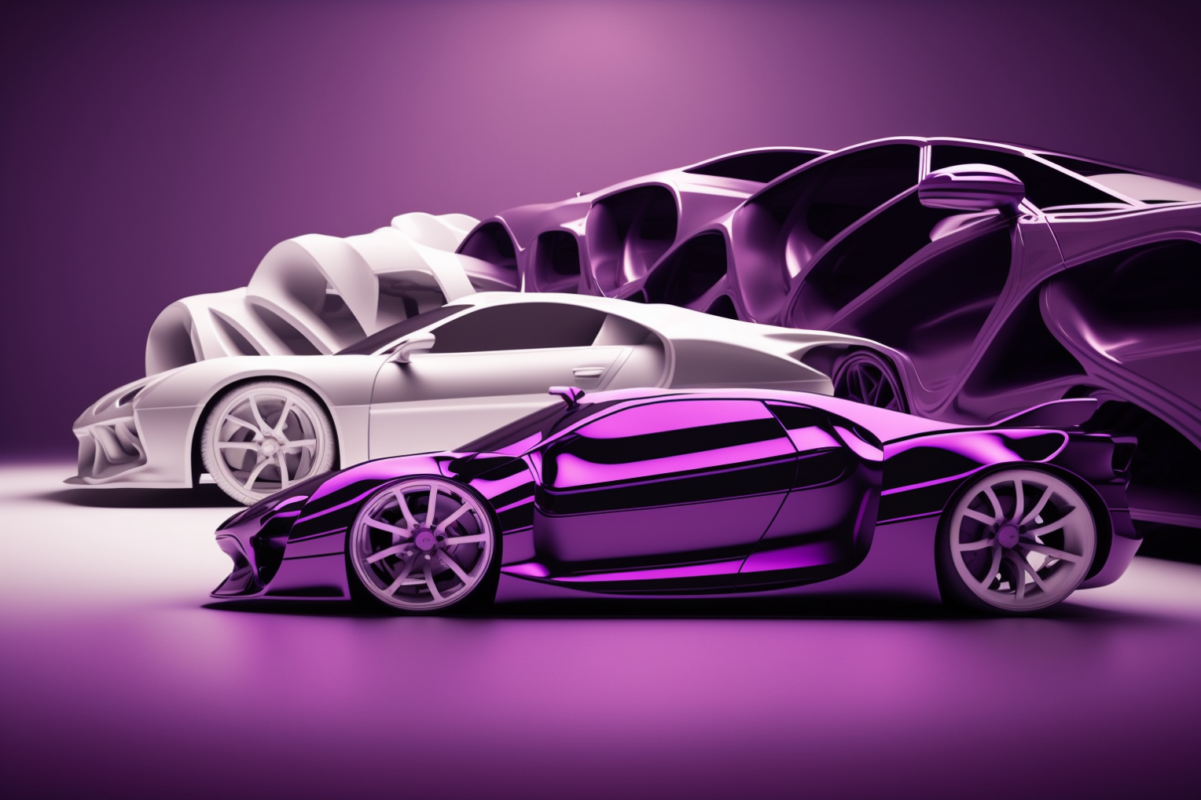
This technology not only speeds innovation, but it also helps to manufacture vehicles that are safer, more efficient, and more appealing. As electric and self-driving vehicles gain popularity, 3D rendering in automotive design will become increasingly important in achieving the ideas and technology that will define the future of transportation.
Embracing 3D rendering is not an option; it is a need for automakers looking to remain competitive and fulfill the constantly shifting consumer expectations in the automobile business of the 21st century.

